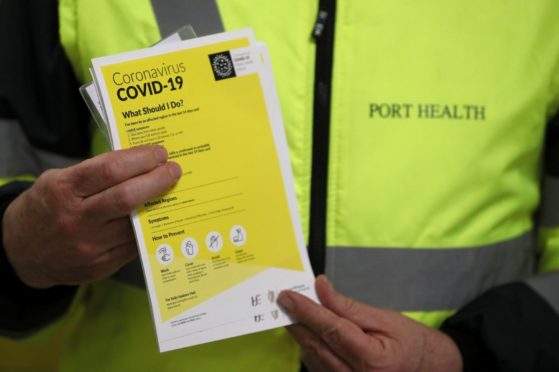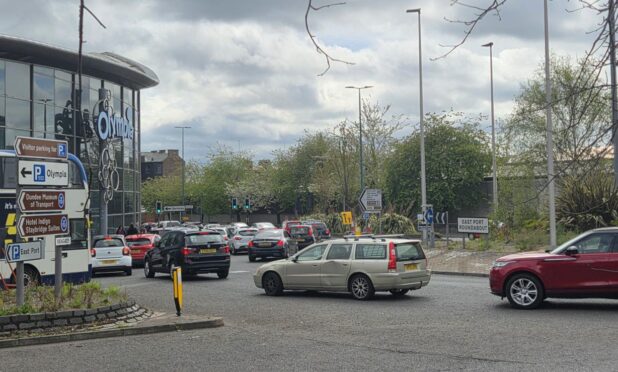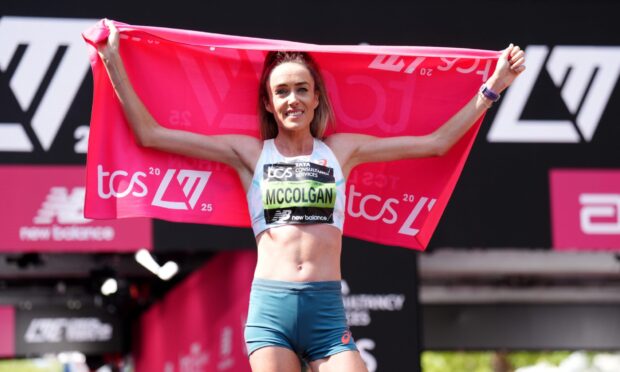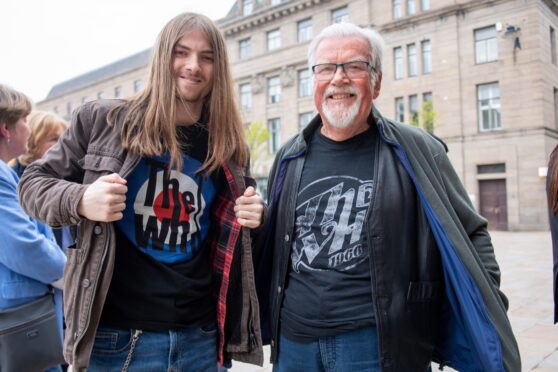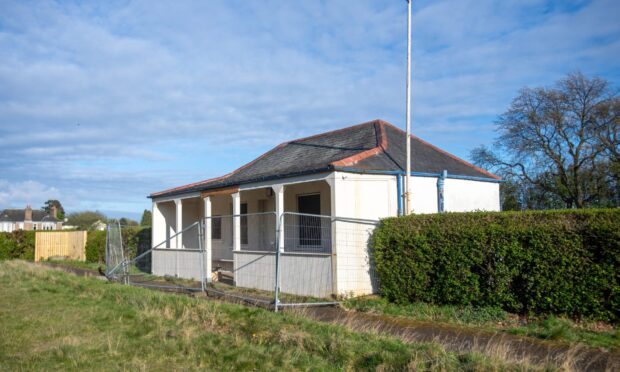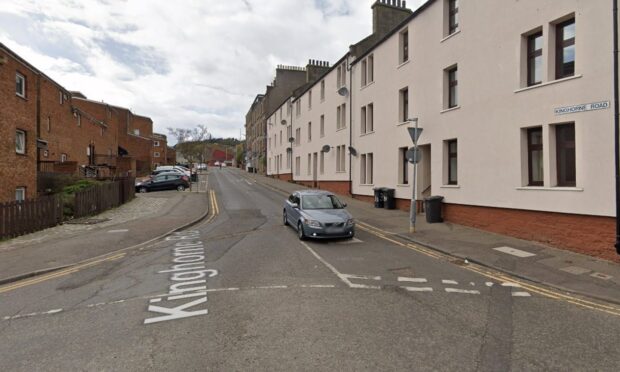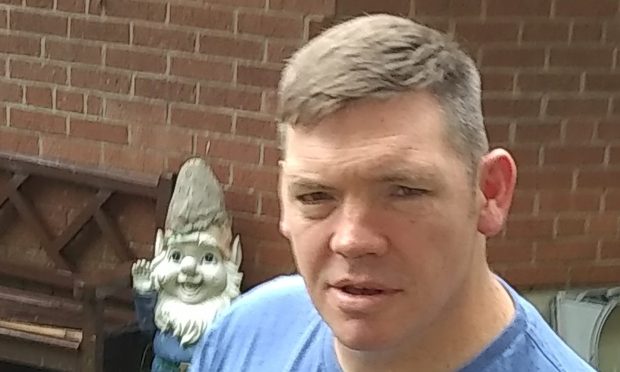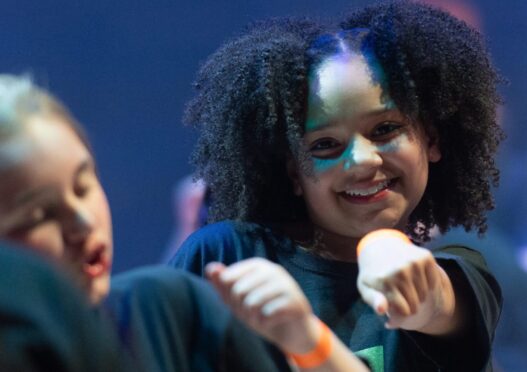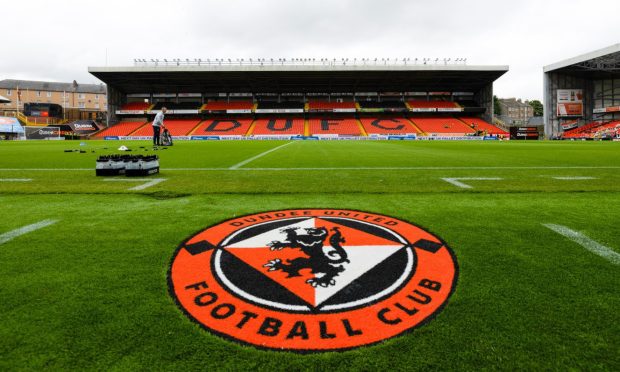A Tayside patient recently returned from Italy has been confirmed as Scotland’s first case of coronavirus.
Following a positive test result for the virus, the patient was admitted to hospital and is currently receiving treatment in isolation.
Clinicians have already begun contact tracing, the process of gathering details of the places they have visited and the people they have been in contact with since returning to the UK.
First Minister Nicola Sturgeon chaired a meeting of the Scottish Government Resilience Committee (SGoRR) on Sunday evening and will be taking part in the UK Government’s resilience (COBR) meeting chaired by the Prime Minister today to ensure all necessary steps are being taken to prepare for further expected cases in Scotland.
SGoRR will also meet again later today.
There have been a total of 698 negative test results in Scotland since the start of the outbreak in Wuhan, Hubei Province, China.
Ms Sturgeon said: “Our first thoughts must be with the patient diagnosed with coronavirus.
“I wish them a speedy recovery.
“Scotland is well-prepared for a significant outbreak of coronavirus but there is currently no treatment or vaccine.
“Early detection measures will continue to be vital in helping to prevent the spread of the virus.
“People have a vital role to play in helping us contain any outbreak by following the latest health and travel advice, and following basic hygiene precautions, such as washing hands frequently, not touching their face and covering their nose and mouth with a tissue when coughing or sneezing.”
The Tayside resident recently travelled from Italy which was the first European country to report a major surge in cases of the coronavirus, with numbers quickly climbing into the hundreds.
Already some flights to northern Italy have been cancelled.
Scotland’s Chief Medical Officer Dr Catherine Calderwood said: “Firstly our thoughts are with the person who has been diagnosed, and with their family. I would like to thank all the health professionals who continue to be involved in their care and treatment.
“Scotland is well equipped to deal with infections of this kind.
“We have a proven track record of dealing with challenging health issues, and have been preparing for this possibility since the beginning of the outbreak in Wuhan.
“This is peak season for respiratory and flu-like illness.
“There will be people presenting with symptoms of acute respiratory illness but these cases are highly unlikely to be coronavirus (COVID-19).
“We practice and prepare our response to disease outbreaks and follow tried and tested procedures, following the highest safety standards possible for the protection of NHS staff, patients and the public.”
A meeting of NHS Tayside was told on Thursday that over 100 suspected cases of coronavirus had presented in the region, mostly associated with travel to northern Italy.
The Tayside case brings the number in the UK currently to 13.
The other 12 are in England.
What to do if you have suspected coronavirus
A coronavirus is a type of virus.
Typical symptoms include fever, a cough that may progress to a severe pneumonia causing shortness of breath and breathing difficulties.
Generally, coronavirus can cause more severe symptoms in people with weakened immune symptoms, older people, and those with long term conditions like diabetes, cancer and chronic lung disease.
Close contact involves either face to face contact or spending more than 15 minutes within two metres of an infected person.
According to Scottish and UK protocol all patients presenting with a history and symptoms which may be suggestive of coronavirus will be isolated and appropriate infection prevention and control measures put in place.
All travellers who develop relevant symptoms, however mild, within 14 days of returning from mainland China, South Korea, Hong Kong, Japan, Macau, Malaysia, Singapore, Taiwan and Thailand should self-isolate at home immediately and call their GP or if NHS 24 if their surgery is closed.
Anyone who has been to other parts of northern Italy (anywhere north of Pisa, Florence and Rimini), Cambodia, Laos, Myanmar or Vietnam since February 19 and have a cough, high temperature or shortness of breath should self-isolate at home immediately and call their GP or if NHS 24 if their surgery is closed.
People who have been to Hubei Province in China, Iran, lockdown areas in northern Italy or special care zones in South Korea since February 19 – even if they have no symptoms – should remain at home for 14 days, avoid having visitors and don’t go to work, school, public places or use taxis or public transport.
They should phone the free helpline on 0800 028 2816 if they start to develop any symptoms.
A dedicated advice line for people in Scotland who have concerns but are not displaying symptoms is in operation on 0800 028 2816.
Up to date information on the situation in Scotland is being published by Scottish Government.
